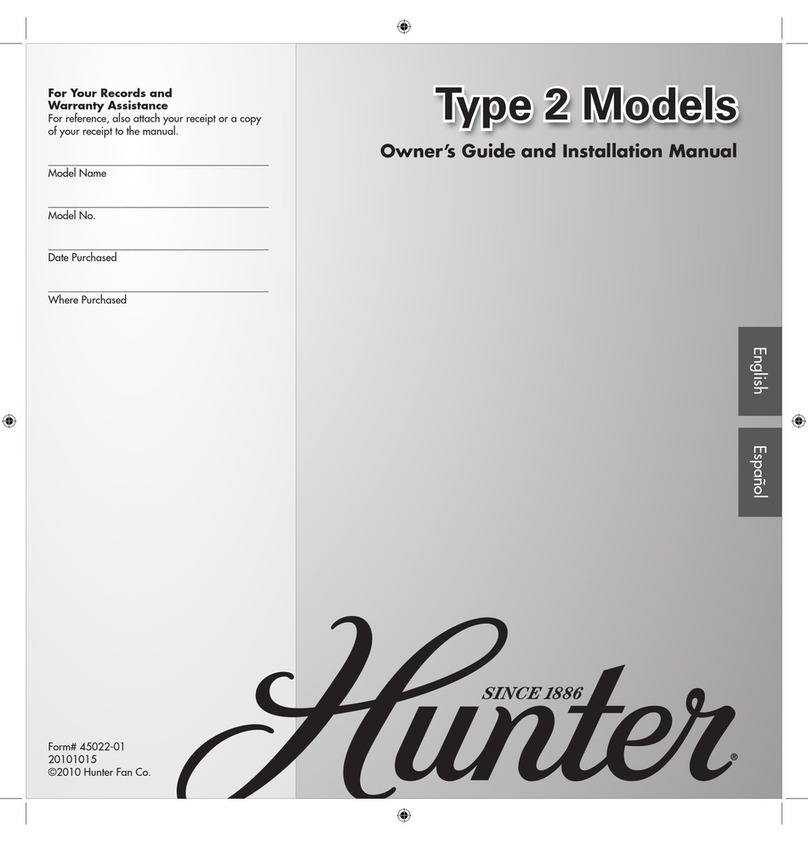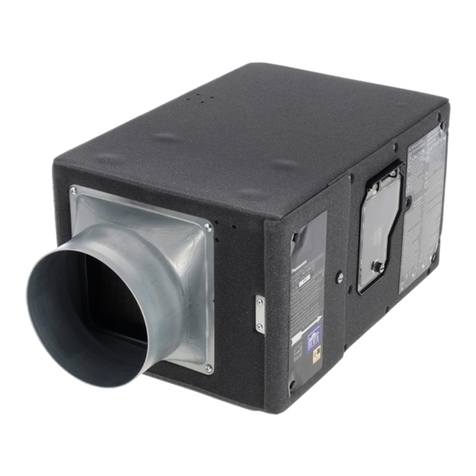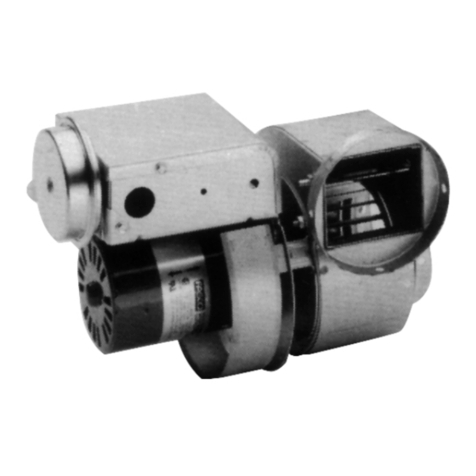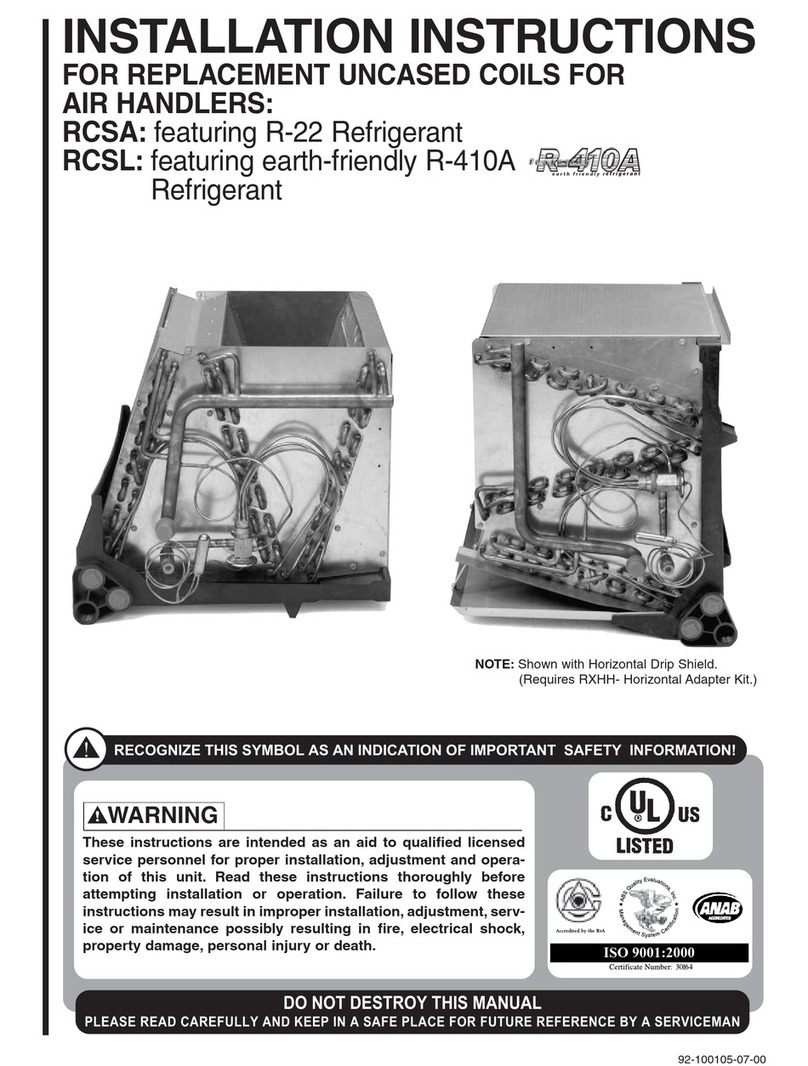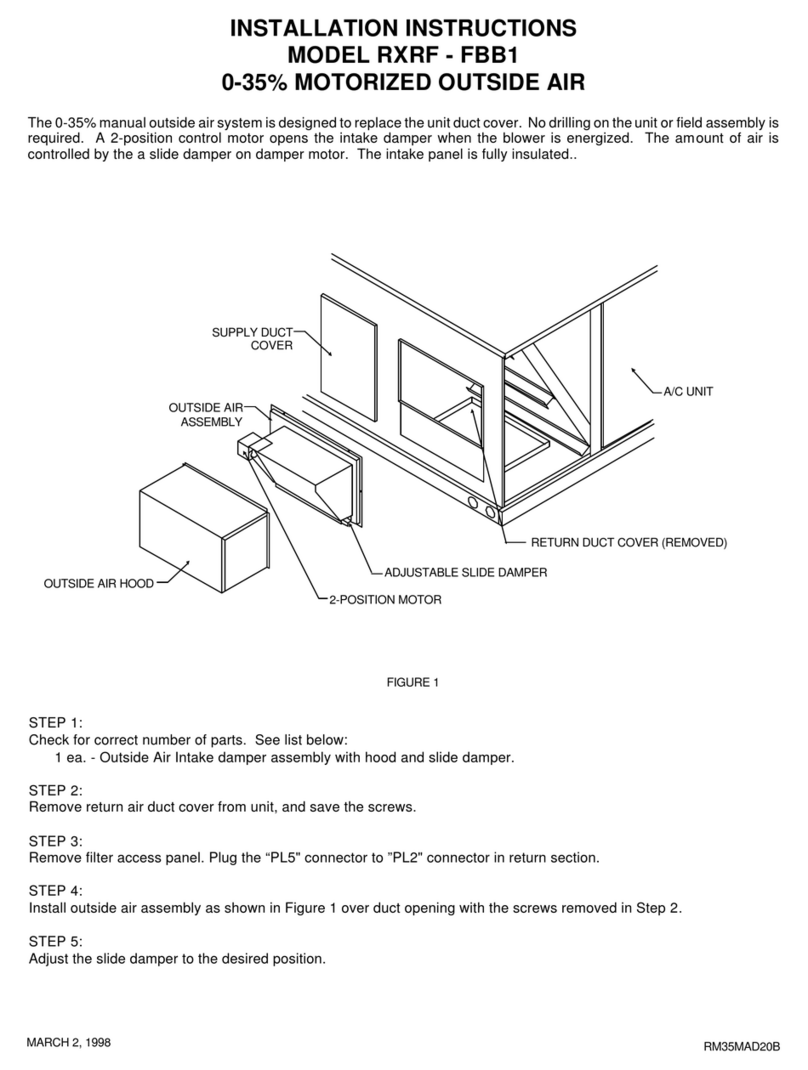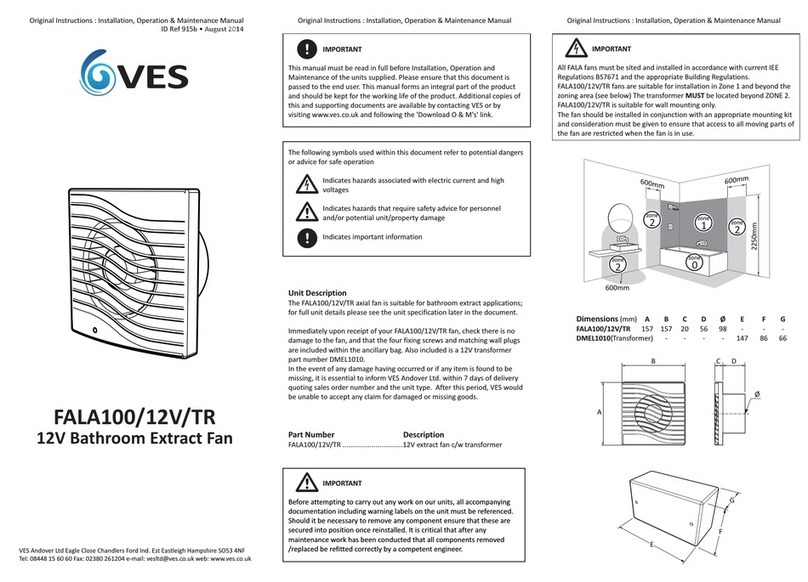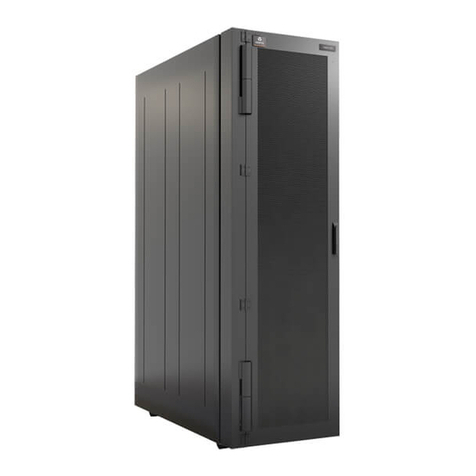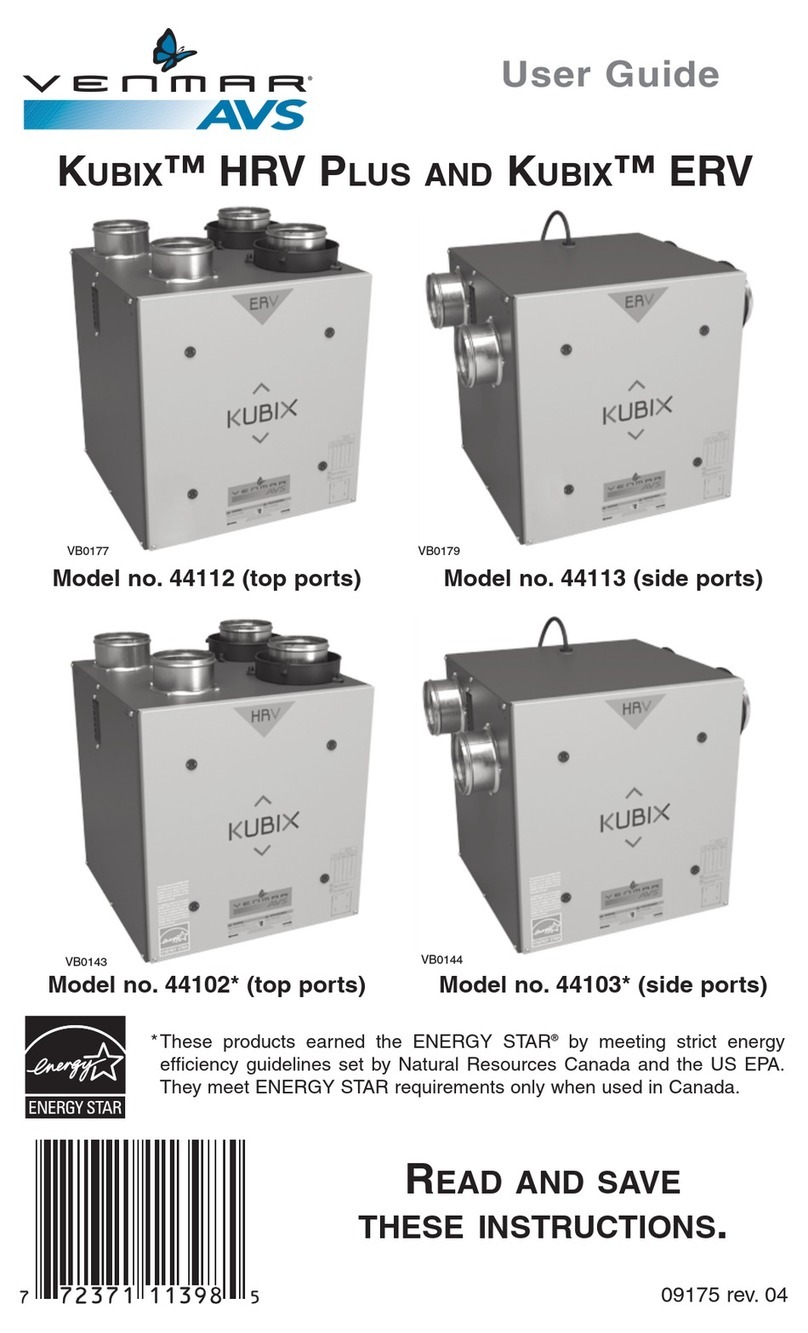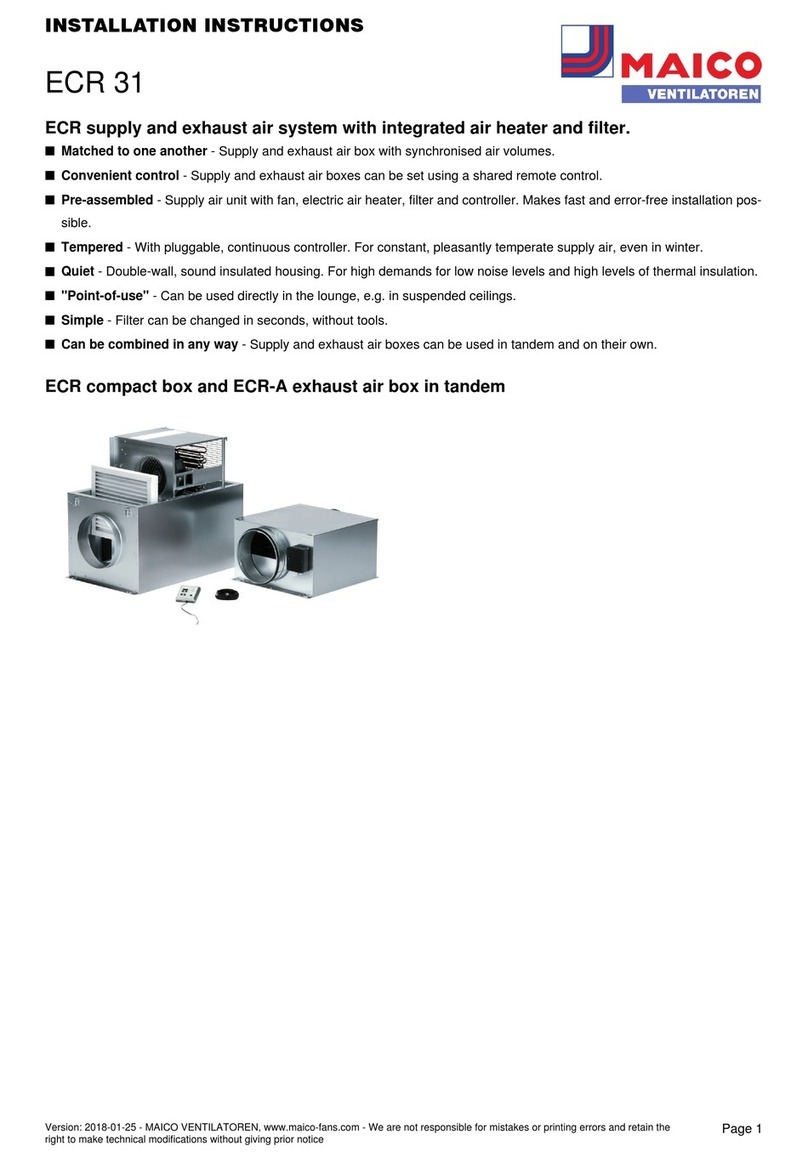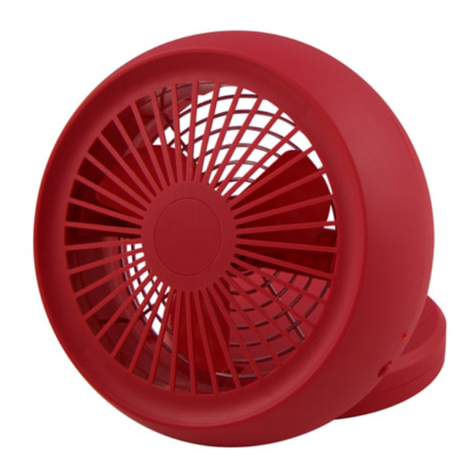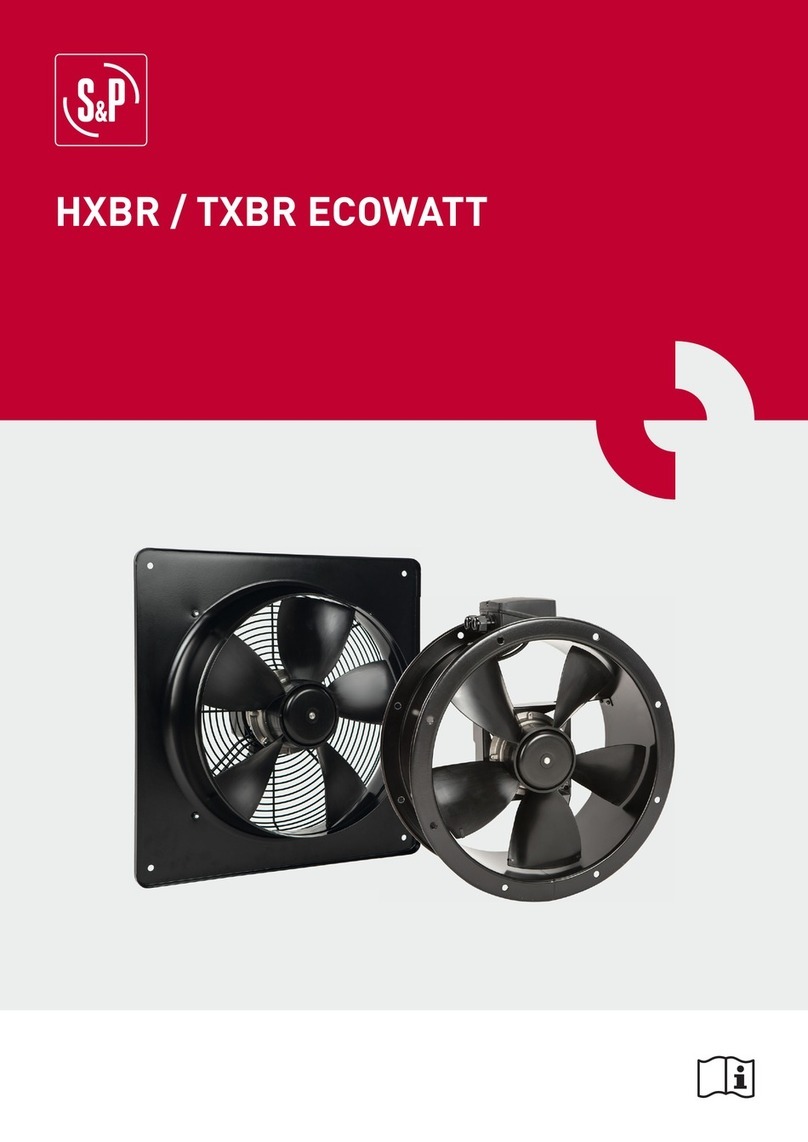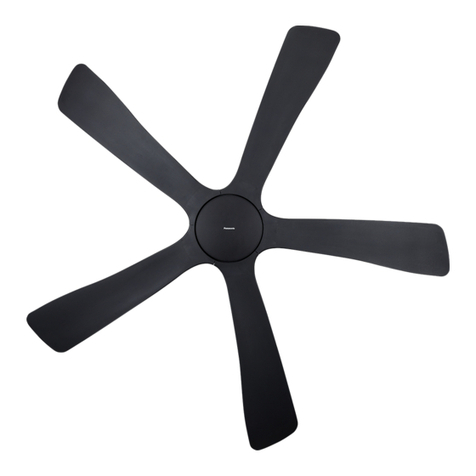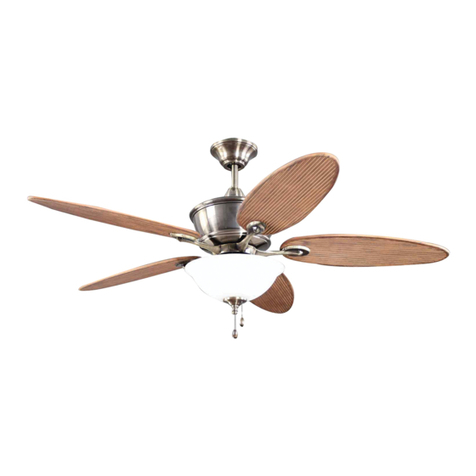
4
DANGER
!
HOT
Water temperature over 125°F (52°C)
can cause severe burns instantly or
death from scalds.
Children,disabled and elderly are
at highest risk of being scalded.
See instruction manual before
setting temperature at water
heater.
Feel water before bathing or
showering.
Temperature limiting valves are
available, see manual.
BURN
DANGERS:
• WATER TEMPERATURE SETTINGS
– Safety and energy conservation
are factors to be considered when
selecting the water temperature
setting of a water heater’s remote
control. Water temperatures above
125°F (52°C) can cause death
or severe burns from scalding.
Be sure to read and follow the
warnings outlined on the pictured
label.
• There is a hot water scald potential
if the water temperature is set
too high. Households with small
children, the disabled, or elderly
persons may require a 120°F
(49°C) or lower temperature setting
to prevent contact with “HOT”
water.
• Before manually operating the
relief valve, make certain no one
will be exposed to the danger
of the hot water released by
the valve. The water may be hot
enough to create a scald hazard.
The water should be released into
a suitable drain to prevent injury or
property damage.
• Failure to perform the recommended Routine Preventive
Maintenance can harm the proper operation of this
water heater, which can cause carbon monoxide
dangers, excessive hot water temperatures, and other
potentially hazardous conditions.
WARNINGS:
• IMPORTANT: DO NOT apply heat to the HOT or COLD
water connections. If sweat connections are used,
sweat tubing to adapter before fitting adapter to the
water connections on heater. Any heat applied to the
water supply fittings will permanently damage the
internal components of the water heater.
• In case the pipe insulation is not rated for the
appropriate weather conditions, install electric heat
tracing or equivalent to prevent freezing of the pipes.
DO NOT insulate or block the drain valve on the hot
outlet fitting. If the pipes are allowed to freeze, the
water heater and the pipes may malfunction or leak due
to freezing water.
• Failure to drain the water heater as described on page
20 can cause serious personal injuries from scalding
and/or damage the water heater.
IMPORTANT SAFETY INFORMATION
Water Supply Safety
Temperature Conversion Chart °F/°C
85 100 102 104 106 108 110 112 114 116 118 120 125 130 140 °F
29 38 39 40 41 42 43 44 46 47 48 49 52 54 60 °C
Time/Temperature Relationship in Scalds
120°F (49°C) More than 5 minutes
125°F (52°C) 1 1/2 to 2 minutes
130°F (54°C) About 30 seconds
135°F (57°C) About 10 seconds
140°F (60°C) Less than 5 seconds
145°F (63°C) Less than 3 seconds
150°F (66°C) About 1 1/2 seconds
155°F (68°C) About 1 second
Table courtesy of Shriners Burn Institute
Water Temperature Time to Produce
a Serious Burn
Safety
CAUTIONS:
•This water heater must only be used
with the following water supply system
conditions:
– With clean, potable water free of corrosive
chemicals, sand, dirt, or other contaminants.
– With inlet water temperatures above 32°F
(0°C), but not exceeding 120°F (49°C).
– DO NOT reverse the hot and cold water
connections. The water heater will not operate.
•Even when drained properly, a small
amount of water will remain in the water
heater. In cold weather conditions, this
water can freeze. If this happens, allow
the defrost protection on the heater
at least 30 minutes to melt the frozen
water or the water heater may not work
properly.
NOTICE:
The factory setting allows operating
temperatures between 100°F (38°C) and 120°F
(49°C). Temperatures of 85°F (29°C) and up to
185°F (85°C) can be achieved with the MAIN
(UMC-117) remote control. Temperatures of
85°F (29°C) can be achieved with the Bath
(USC-117 or USC2-117) remote control. Only
qualified service personnel should perform this
adjustment. Only factory-authorized remote control(s) should be
used.

